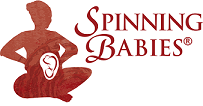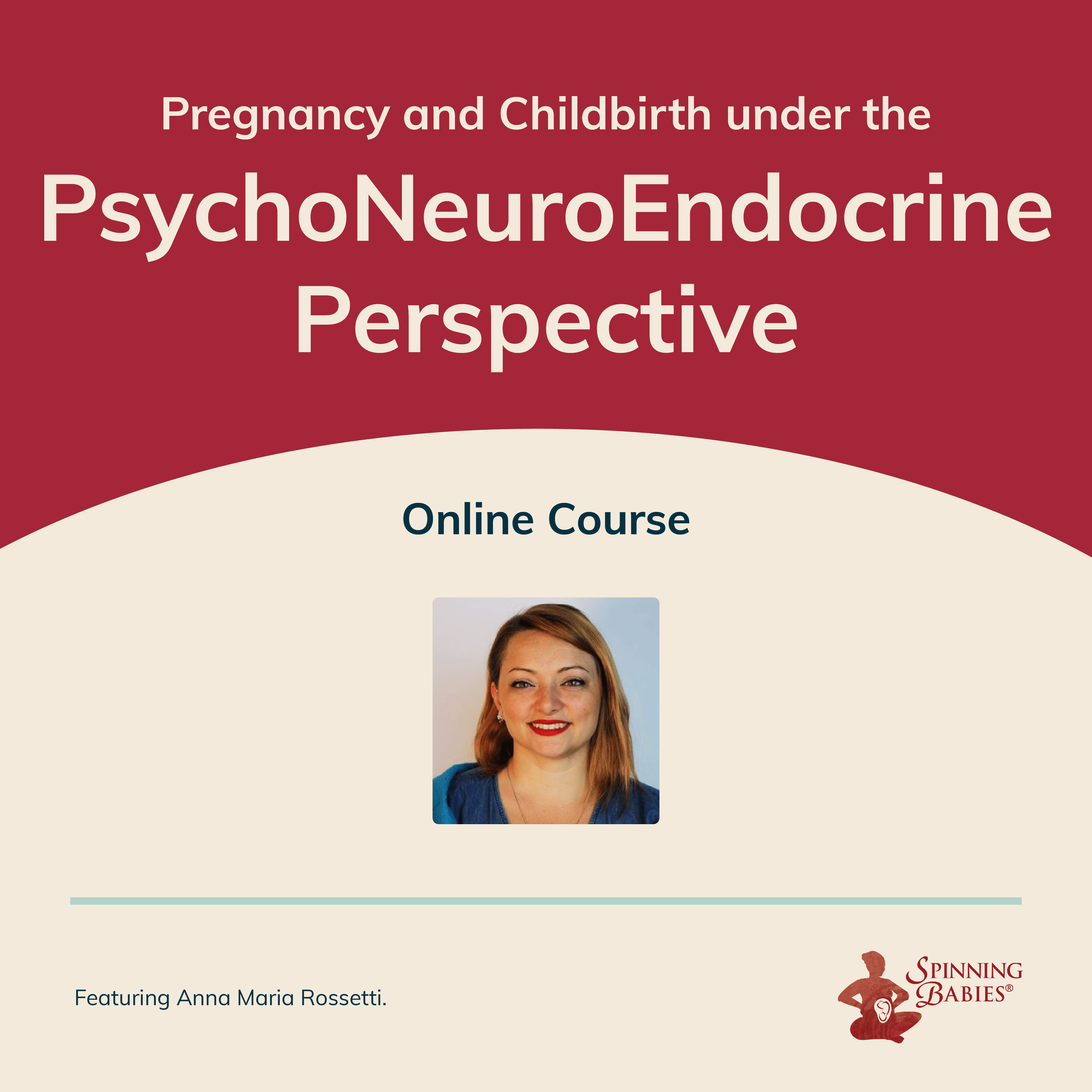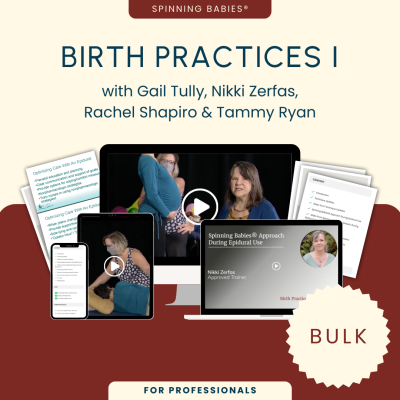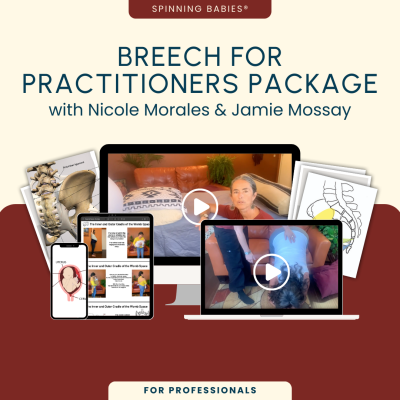Description
Birth professionals gain a comprehensive overview of the physiology of the three trimesters of pregnancy and childbirth, and of the origins and effects of stress. Key issues of midwifery led care are covered, including: the therapeutic relationship, the health factors of pregnancy: how to recognize them, how to promote health, and capacity of coping (Salutogenesis by Antonovskij, and Salutophysiology by Schmid).
Continuing Education:
This course provides three (3) continuing education contact hours. Spinning Babies® is accredited as a provider of continuing education by the American Nurses Credentialing Center’s Commission on Accreditation (ANCC).
Physiology
- Physiologic dynamics during the three terms in pregnancy and implications for practice.
- Physiological adaptation.
- Interactions between endocrine, neurological and immune system and environment.
- Emotional dynamics and their reflexes on physiology.
- The origin of stress, normal stress and distress.
- The foundations of Salutogenesis and Salutophysiology, social and psychic adaptation to pregnancy (coping).
The Baby
- Prenatal bonding and it’s effects on birth and breastfeeding.
- Fetal movements and their quality.
- Signs of fetal health.
- The health of the placenta.
- Listening to the baby.
Care in Pregnancy
- The fetal placental system and the expression of estrogens and progesterone in the clinic.
- The real term of pregnancy: PNEP interpretation of the Placental pattern from growth to expulsion.
- How to prevent and cure distress in pregnancy.
- How to activate the endogenous resources in woman and baby.
- How to harmonize the pillars of health.
Normal Neuromodulation in labor and the role of the autonomous system in the human labor
- PNEP: PsychoNeuroEndocrinePhysiology of the different stages of labor.
- The uterus, anatomy, physiology, autonomous system and endocrine view in labor and in obstructed labor.
- Perineal competences in the second stage of labor: dynamic modifications and tear prevention.
- The role of the three muscular layers of the pelvic floor.
- Myometrial Lactic Acidosis: differential diagnosis, treatment.
- The role of the Lower Uterine Segment in the physiology and pathology of labor.
Learning Objectives
At the end of this course, students will be able to:
- Identify health factors of pregnancy (adaptations, placental functions, different neuroendocrine patterns of the three trimesters) through the Psychoneuroendrocrine physiology model.
- List three aspects of the therapeutic relationship that promote health and empower the capacity of coping.
- Dehttps://www.spinningbabies.com/wp-content/uploads/2019/10/sample3-1.png uterine anatomy and understand the physiology for signs of health and wellbeing.
- Assess pregnant person for signs of PsychoNeuroEndocrine stress during the three trimesters.
- Compare normal labor to obstructed labor by an endocrine view.
- Demonstrate a therapeutic action or technique to increase the pregnant person’s ability to cope which also brings comfort from pain in pregnancy.
About the Instructor:
Anna Maria Rossetti is an independent midwife from Staranzano (GO), Italy, the Director of the Post Graduate School “Elemental School of Midwifery Art” in Florence, and a Spinning Babies® Approved Trainer. A midwife since 2004, she developed experience as a hospital midwife in Milano, as Humanitarian Missionary Chief Midwife in Afghanistan, and she has been Coordinator Midwife at the P.E.H Hospital of Guernsey (UK). Anna Maria has been an independent midwife since 2009. She trained as post graduate at the Elemental School of Midwifery Art by Verena Schmid and became a teacher for the same school in 2012, a unique school of physiology for midwives. She is also part of the editorial board and author of the professional magazine for midwives, “Donna e Donna il giornale delle ostetriche” since 2009, and a lecturer in meetings and congresses in Italy, Portugal, Holland, and Israel. She has co-authored several books treating the PsychoNeuroEndocrine approach to pregnancy, birth and obstructed labor.





Reviews
There are no reviews yet